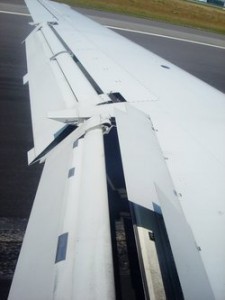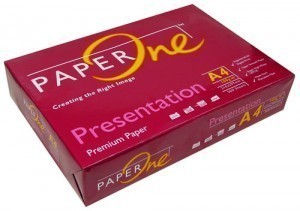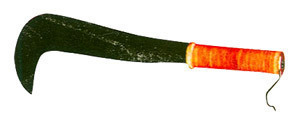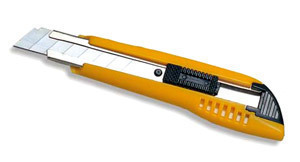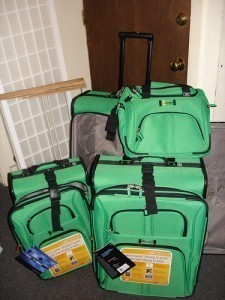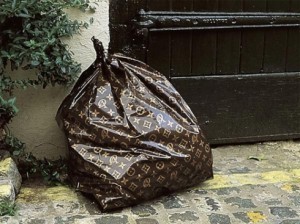Milk Carton Dimensions
Milk carton sizes are usually measured in pints. 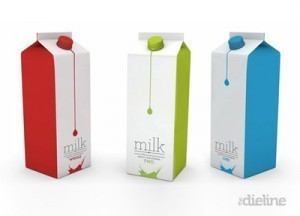 A pint of milk is for single meals. Other sizes are the quart, half gallon and the gallon. The latter is also known as the family size. Other countries use milliliters when selling milk.
A pint of milk is for single meals. Other sizes are the quart, half gallon and the gallon. The latter is also known as the family size. Other countries use milliliters when selling milk.
Historical Background
Before the milk carton was invented, various means were used to store milk and keep it fresh. One of them was the churn, made around the 1860s or 1870s. The churn could hold about 21.2 gallons of milk.
This was followed by the invention of the glass milk bottle in 1884. The bottle became popular as it kept the milk sealed and fresh. The bottled milk became widespread in the United States in the 1940s.
There were already several milk carton sizes available in the late 1930s, milk carton having been in the market since 1933. To make the carton resistant to water, wax was used.
Later on, polyethylene was employed to keep the carton dry. By the late 1960s the milk carton had overtaken the glass bottle in popularity and use.
Hardwood and Softwood
Regardless of the size, the same process is used to make the cartons. The material used is paperboard with waterproof plastic added in. This is usually polyethylene. The wood pulp used for milk cartons consist of hardwood and softwood.
The softwood is generally made of pine. However it also depends on the trees available in the area. A look at the make up of various milk carton sizes will show the composition is 40% softwood and 60% hardwood. Hardwood is obtained from oak trees. They are used because the makeup allows for better printing.
How a Milk Carton is Made
First the material is created on the Fourdrinier machine, a papermaking device. When the paper is made and dried, it is run through the extruder. This machine releases molten polyethylene. This substance is attached to both ends of the paperboard. Several layers of this may be added.
These serve numerous purposes. Among the most important are retaining oil, keeping oxygen penetration to a low and mitigate moisture penetration. Milk carton sizes determine (to an extent) the amount of polyethylene added.
After the polyethylene is added, the carton is cooled down. It is wound into a roll 120 in (3.05 m) wide. It is cut according to the desired carton size.
Printing and Sealing
The carton is fed into a machine which prints the pictures and images. The machine scores the areas which form the carton’s edges. The finished product is called a blank. The blank is put in a loading machine. The seams are heated and sealed. The blank is sent to the dairy.
Special machines are used to change the blanks into open containers. The next stage is filling the carton. The cartons are placed on a conveyor belt, where each one is filled with milk. When the carton is filled, it is sent to the top sealing apparatus which seals it. Finally, the carton is date stamped.
It actually takes a lot of work to make a milk carton. The next time you’re shopping for various milk carton sizes, take a moment to reflect how they are constructed.
